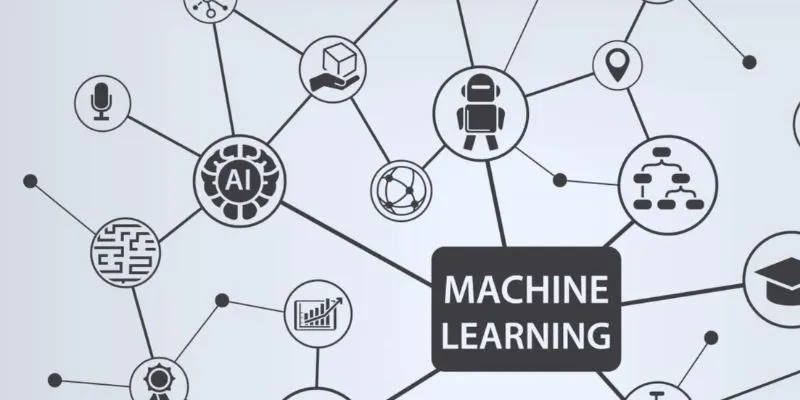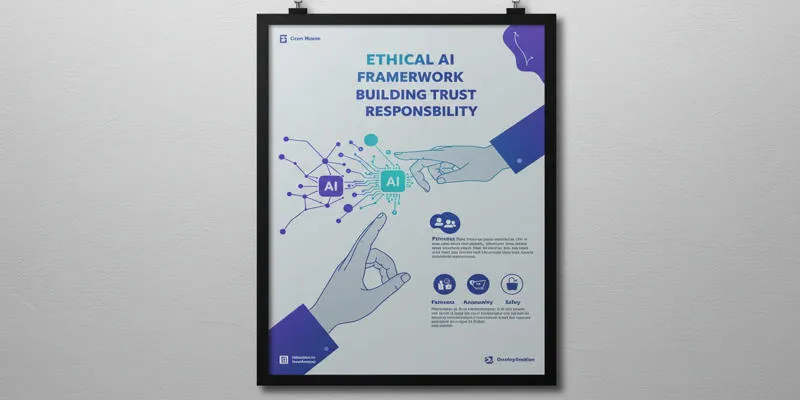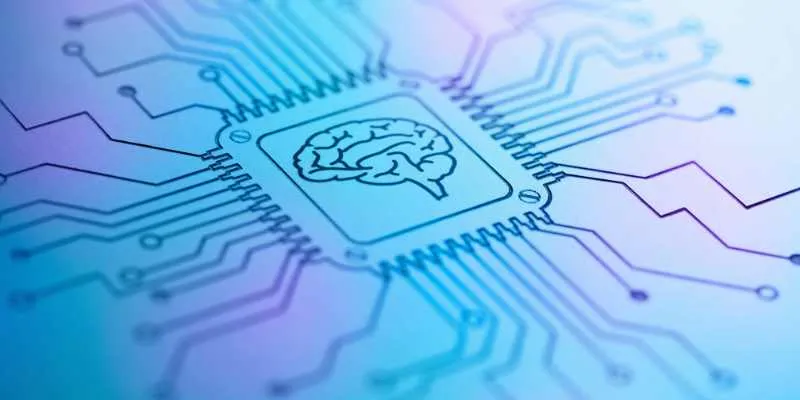Artificial intelligence may appear magical from the outside, but behind every intelligent system lies a delicate balance of learning. When AI models overlearn or underlearn from their data, they often encounter unexpected failures. Overfitting and underfitting are two common yet critical challenges in creating reliable AI systems.
These issues can silently degrade the predictive accuracy of various applications such as chatbots, medical tools, and recommendation engines. Understanding these pitfalls is the initial step towards developing AI systems that operate intelligently, not just strenuously.
What is Overfitting in AI Models?
Overfitting in AI models occurs when a machine learning model becomes overly attuned to its training data. While this may initially seem advantageous, it leads to significant problems. The model memorizes specific details, including errors or noise, instead of learning generalizable patterns applicable to new data. Consequently, the model performs well on familiar data but struggles to make accurate predictions in real-world scenarios involving new and unseen data.
This excessive reliance on individual data points weakens the model, limiting its effectiveness to known data and hindering its ability to handle novel or unusual inputs. Overfitting typically arises when a sophisticated model is employed on a limited or small dataset. In the absence of diverse data or comprehensive testing during training, the model continues to learn irrelevant patterns.
The impacts of overfitting on AI models are severe. For instance, in medicine, an overfitted model might diagnose recurring cases accurately but fail with new patients. In finance, it could inaccurately assess risks by relying solely on historical patterns.
Preventing overfitting necessitates employing intelligent strategies. Introducing diverse training data enables the model to grasp a broader context. Techniques like regularization methods constrain model complexity, while cross-validation ensures the model performs well on unseen data, resulting in AI systems that are more astute, adaptable, and better suited for real-world applications.
What is Underfitting in AI Models?
Underfitting in AI models occurs when a system is too simplistic to discern the underlying patterns within the data. Instead of learning meaningful insights, the model fails to capture essential details, leading to poor performance not only during training but also when encountering new, unseen data. While overfitting indicates that a model has extracted too much from the training set, underfitting signifies the opposite—a model that hasn’t acquired enough knowledge to be effective.
Several factors can contribute to underfitting in AI models. Frequently, it arises when developers select a model that lacks the necessary complexity for the task at hand. Imagine attempting to fit a straight line to a dataset that follows a complex curve—the model would fail to capture the genuine pattern. Inadequate training time is another common cause. When a model lacks sufficient exposure to data, it remains underdeveloped and performs inadequately.
The consequences of underfitting manifest in numerous real-world scenarios. For instance, an email spam filter suffering from underfitting may overlook obvious spam messages. In image recognition, an underfitted model might struggle to differentiate between common objects like cats and dogs.
Addressing underfitting in AI models requires enhancing the model’s intelligence and capability. This may involve incorporating more features, employing advanced algorithms, extending training duration, or fine-tuning hyperparameters to ensure effective learning and adaptation to the data’s complexity.
Finding the Balance Between Overfitting and Underfitting
The primary challenge in AI development lies in striking the right balance between overfitting and underfitting in AI models. Achieving this equilibrium entails designing a model that is sufficiently complex to learn from the data yet simple enough to generalize effectively to novel scenarios.
Data scientists utilize various techniques to achieve this balance. One such method is early stopping, which monitors the model’s performance on validation data and halts training when overfitting begins to deteriorate the model’s performance. Feature selection is another crucial tool. By selecting only the most pertinent features from the data, models avoid unnecessary complexity that can lead to overfitting.
Data augmentation is a strategy employed to mitigate overfitting and underfitting in AI models. This approach expands the training dataset by generating modified versions of existing data, facilitating improved pattern recognition by the model.
Furthermore, tuning hyperparameters plays a pivotal role in attaining balance. Hyperparameters govern learning rates, model size, and regularization strength. By experimenting with different configurations, developers can guide the model towards enhanced generalization.
Importantly, evaluating the model’s performance using a separate test set is standard practice. This ensures that the model has not merely memorized the training data but can perform effectively on entirely new data.
Why Overfitting and Underfitting Matter in Real-World AI?
Overfitting and underfitting in AI models transcend technical concerns; they directly influence real-world performance. Numerous industries, ranging from finance to healthcare, rely on AI systems to make critical decisions. Overfitting occurs when a model excessively memorizes training data, resulting in inaccurate predictions in novel situations. Underfitting indicates that the model has not acquired sufficient knowledge, leading to weak or erroneous outputs.
In fraud detection, overfitting may cause the system to flag legitimate transactions, while underfitting might overlook actual fraud. In self-driving cars, overfitting can lead to errors in unfamiliar traffic patterns, while underfitting could impede hazard identification on the road. In customer recommendation systems, overfitting may suggest restricted product choices, while underfitting could propose irrelevant recommendations.
Comprehending overfitting and underfitting in AI models is crucial for constructing dependable systems. Developers must balance learning with generalization, employing intelligent strategies and testing methodologies. Well-trained AI models are indispensable for fostering trust, accuracy, and real-world success across various industries.
Conclusion
Overfitting and underfitting in AI models are pervasive challenges that impact the accuracy and dependability of machine learning systems. Overfitting arises when a model learns excessively from the training data, while underfitting occurs when it learns inadequately. Both issues diminish performance in real- world scenarios. Constructing a well-balanced AI model necessitates employing appropriate techniques such as regularization, data validation, and tuning. Understanding these challenges is essential for crafting AI systems that are intelligent, adaptable, and capable of handling real-world data.
 zfn9
zfn9






















